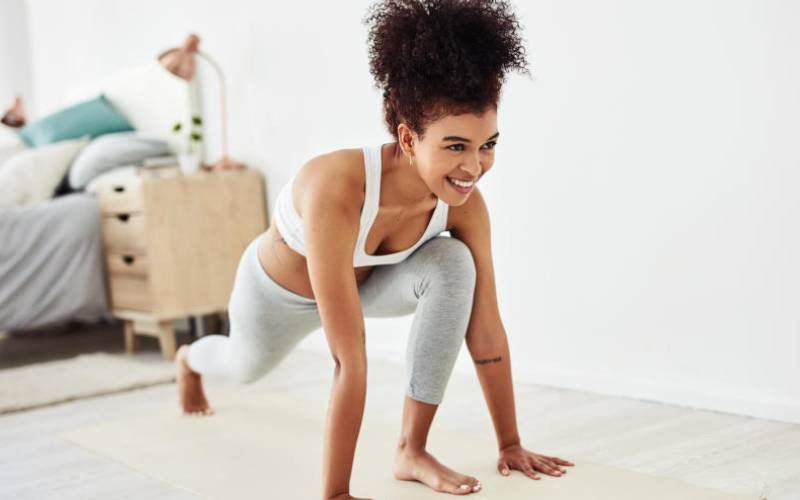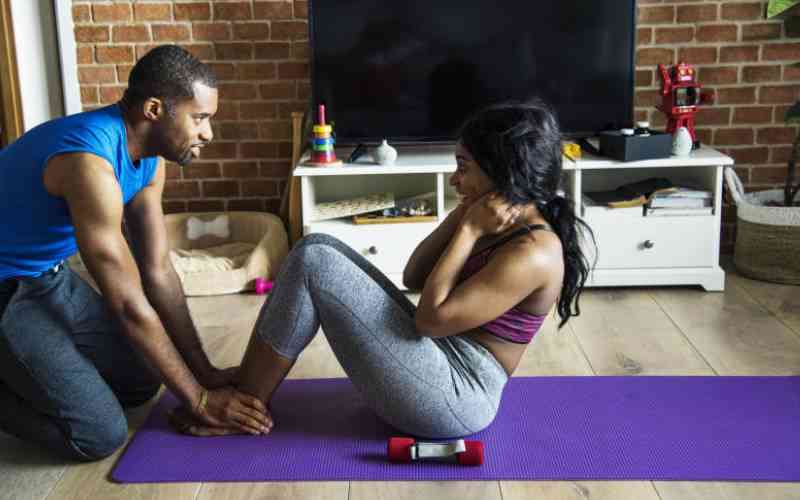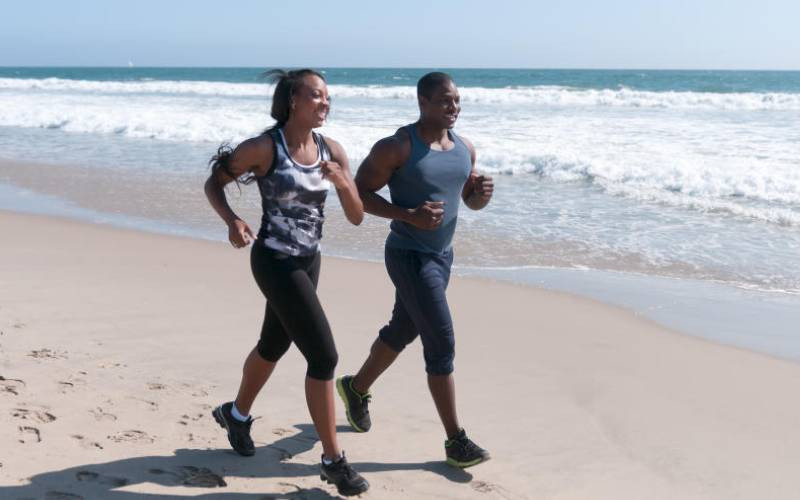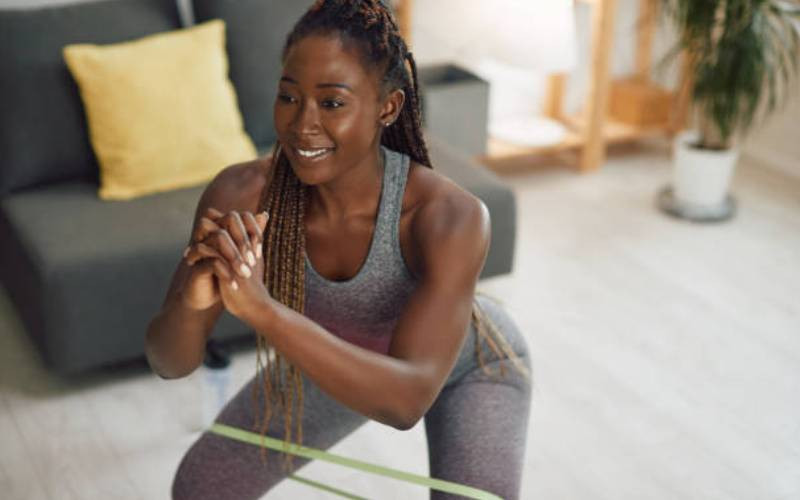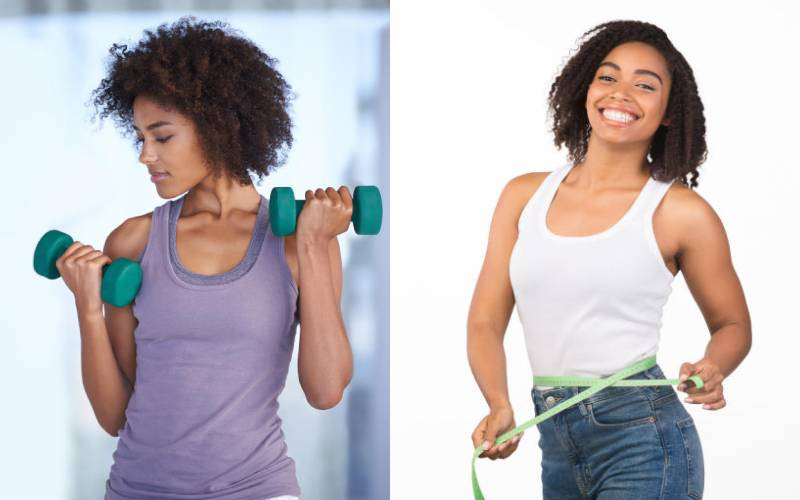
Many of us tend to push forward with exercise until something in our body hurts. Instead of enduring discomfort that comes with aches and pains, let’s focus on ways which can make your exercise easier on your joints.
Even if you don’t have pain now, following these few recommendations can help you stay safe and sane in the gym, or anytime you exercise anywhere, even outdoors.
Warm up for the task ahead
Warm ups not only gradually loosen up your muscles, they also improve your range of motion and flexibility while still allowing you to lift more weights.
Warming up increases blood flow and activates all the muscles you will be recruiting in your exercise. Do a 10 to 15 cardio warm up to get your heart rate elevated and ready for more strenuous moves.
Avoid bouncing, use smooth controlled motions
Nothing works and aggravates a sore joint more than putting excess weight on the bar then using a bad form. If you are bouncing anytime you are working out, for instance when you are doing lunges, squats, thrusting through your hips to complete arm-curling exercises like dumbbell curls, you will be stressing your joints, ligaments and tendons.
An effective workout doesn’t mean you have to carry so much weight. Even lighter ones can work. Reduce the load and start working on technique while using smooth controlled motions.
Don’t do it if it hurts
Most fitness experts will tell you that if an exercise hurts, don’t do it. That doesn’t mean you abandon that movement pattern completely. Try an alternative exercise that still works the same muscle through a different execution.
If you look at a multi joint move like bench press, such exercise might aggravate a sore shoulder. Try isolation exercise like cable cross over or chest dumbbell fly and see how that feels.
Dumbbells work well because they offer more freedom of movement. Such alternatives will fully activate your bust, still alter the motions. You should also change the angle you are working on.
Use free weights more instead of machines
Using machine forces you to work only in one direction not allowing your joints much freedom of movements. Try doing similar moves with either cables, barbell or dumbbells.
Minimize your momentum and use techniques that have low rep speed
Slowing down your rep speed is a simple way to take pressure off your joints. Any time you reduce the speed of your movement, you’ll be putting stress on the muscle and taking it off the joint itself.
Controlling your movements puts stress on the muscles, which somehow improves their look. It also reduces momentum, which is how you often get such joint-related injuries. So reducing your repetition speed usually means you lower your weight.
 The Standard Group Plc is a multi-media organization with investments in media platforms spanning newspaper print
operations, television, radio broadcasting, digital and online services. The Standard Group is recognized as a
leading multi-media house in Kenya with a key influence in matters of national and international interest.
The Standard Group Plc is a multi-media organization with investments in media platforms spanning newspaper print
operations, television, radio broadcasting, digital and online services. The Standard Group is recognized as a
leading multi-media house in Kenya with a key influence in matters of national and international interest.

